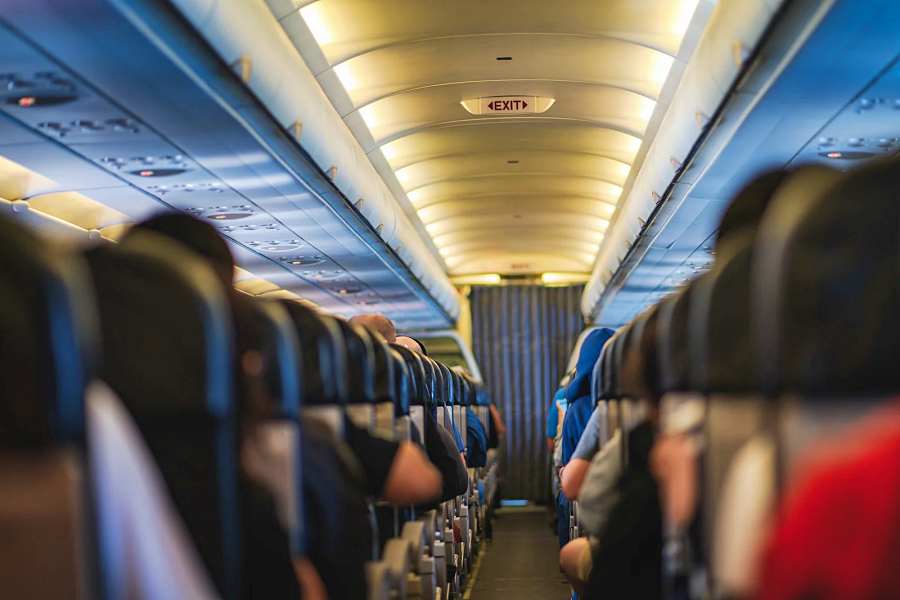Sun 26 March 2023:
Incidents of air turbulence have increased across the globe in the last few years. Although turbulence often only causes a bumpy flight, its severity can vary greatly, harming the aircraft and injuring both passengers and crew in addition to inducing extreme anxiety and fear.
Now, a new study has claimed that climate change may be causing an increase in airplane turbulence, which is predicted to triple in frequency between 2050 and 2080. This essentially means the aviation industry could also become a victim of global warming.
Wind shear is a change in the wind’s direction and speed over a brief distance in the atmosphere that contributes to turbulence. The turbulence takes place when a plane encounters these powerful wind currents, which have the ability to push or pull the aircraft in various directions. In order to avoid frequent occurrences of these patterns, commercial aircraft often fly well above them, however, it can still happen at a variety of altitudes.
Scientists from the University of Reading in the UK discovered that monitoring of vertical shear first started in 1979 and since then, it has grown by 15 per cent, according to a 2019 study published in Nature. The warmer temperatures could also place at least a hundred airports below sea level including Newark, Bangkok Suvarnabhumi and London City airport.
University of Reading Department of Meteorology professor of atmospheric science Paul Williams, who is also the co-author of the study, told Newsweek, “We have accumulated a large body of scientific evidence now that turbulence is increasing because of climate change.
An invisible form called clear-air turbulence is generated by wind shear, which, because of climate change, is now 15 per cent stronger than in the 1970s. We expect a further strengthening of the wind shear in the coming decades, perhaps doubling or trebling the amount of severe turbulence.”
Post a commentIt is to be noted that flights are now witnessing more “head-slamming” turbulence, according to the US National Transportation Safety Board (NTSB). Cabin crew are 24 times more likely to sustain injuries than passengers in accidents involving turbulence, which are the most frequent type of accident in airlines.
NEWS AGENCIES
___________________________________________________________________________________________________________________________________
FOLLOW INDEPENDENT PRESS:
TWITTER (CLICK HERE)
https://twitter.com/IpIndependent
FACEBOOK (CLICK HERE)
https://web.facebook.com/ipindependent
Think your friends would be interested? Share this story!





